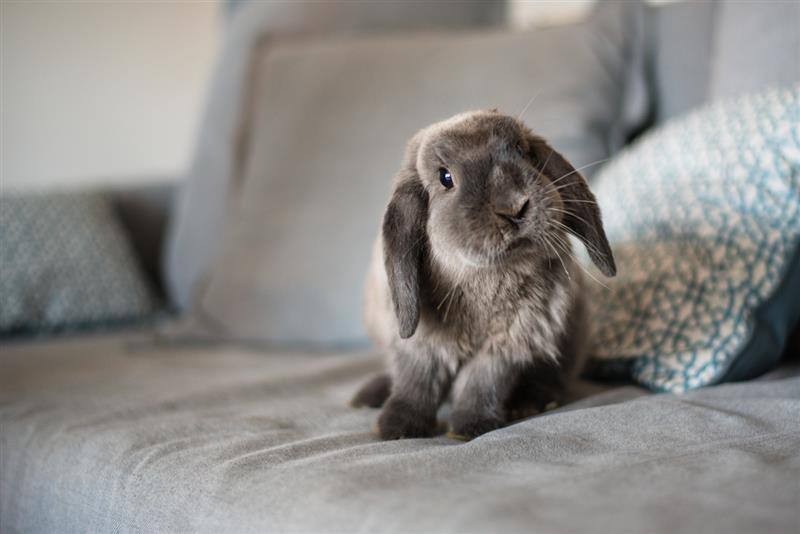With more than half of Canadian households owning at least one pet, there is no doubt that our furry friends are cherished members of our families. But because pets spend most of their time indoors at home, they can show signs of carbon monoxide poisoning before people do. For Carbon Monoxide Awareness Week (November 1-7), we asked Dr. Sasha Ross, an associate veterinarian with the BC SPCA how exposure to carbon monoxide affects our pets and what we can do to protect them.
What are the symptoms of CO exposure in pets?
Pets experience similar symptoms to people including depression, weakness, vomiting, coma, seizures, difficulty breathing, death, respiratory and cardiac disturbances as well as permanent deafness or blindness. CO exposure can be fatal.
Can pets experience signs of CO before humans?
Carbon monoxide is about the same density as room air so pets are not at increased risk compared to taller humans. However, birds are more sensitive to CO poisoning than mammals because they have a unique respiratory system
How can you protect your pets from CO exposure?
CO exposure is more common in the winter as gas appliances including home furnaces, water heaters, and fireplaces are common sources of CO. Other sources of CO include vehicle exhaust, stoves, water heaters and fires. To protect your pets: never run an engine in a closed area, ensure gas appliances are properly ventilated and have them serviced regularly, and equip your home with a CO alarm.
Our pets depend on us to protect them and because CO is odourless, tasteless, and invisible, it’s important that we do our part to ensure they are safe.
Learn more about the causes of carbon monoxide and precautions you can take or find a licensed contractor to conduct periodic maintenance on gas appliances in your home.




